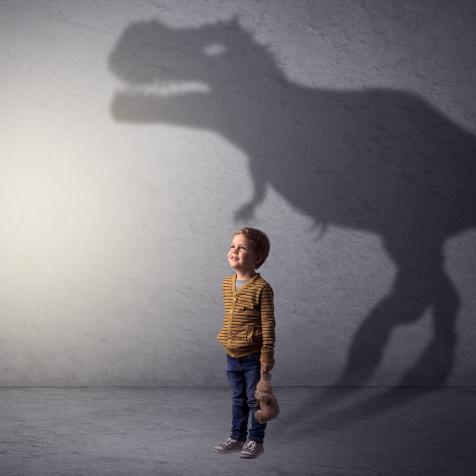
Credit: B612 Asteroid Institute / University of Washington DiRAC Institute / OpenSpace Project
Saving Earth from Killer Asteroids
Only about 40% of an estimated 25,000 near-Earth asteroids with the potential to destroy the planet have been detected. Scientist Dr. Ed Lu, along with his nonprofit B612 are working to create a way to detect the other 60%.
Scientists and home astronomers report new asteroids all the time, but it's the ones that go unnoticed that could cause a surprise collision if not detected in time.
This type of planetary defense is exactly what Asteroid Institute Executive Director Dr. Ed Lu, former NASA astronaut and physicist, is developing with the nonprofit group B612 Foundation.

Credit: B612 Asteroid Institute / University of Washington DiRAC Institute / DECam
B612, a program of The Asteroid Institute, is building a comprehensive map of the solar system that surpasses the limitations of current technology. Through the ADAM (Asteroid Discovery Analysis and Mapping) cloud-based astrodynamics platform, the first 104 newly discovered asteroids have been announced thanks to this cutting-edge scalable computational system. The researchers were able to scan 412,000 images from the digital archives of the National Optical-Infrared Astronomy Research Laboratory (NOIRLab) to find undetected asteroids within the images.
B612 worked with Joachim Moeyens, a graduate student, and his doctoral adviser, Mario Juric at the University of Washington to identify specific specks of light for their algorithm, which they named Tracklet-less Heliocentric Orbit Recovery or THOR. THOR calculates the motion of a potential asteroid over a number of nights. If the algorithm makes 5 or 6 matches over the course of a few weeks, the object could be named an asteroid candidate.
“Discovering and tracking asteroids is crucial to understanding our solar system, enabling development of space, and protecting our planet from asteroid impacts. With THOR running on ADAM, any telescope with an archive can now become an asteroid search telescope,” said Dr. Lu. “We are using the power of massive computation to enable not only more discoveries from existing telescopes, but also to find and track asteroids in historical images of the sky that had gone previously unnoticed because they were never intended for asteroid searches.”
Learn more about Dr. Lu and the other Explorers Club Discovery Expedition Grantees


















